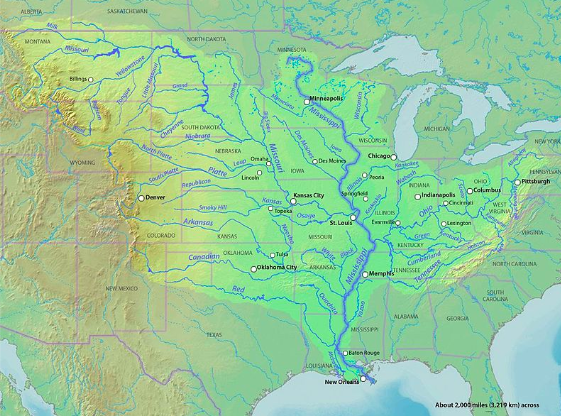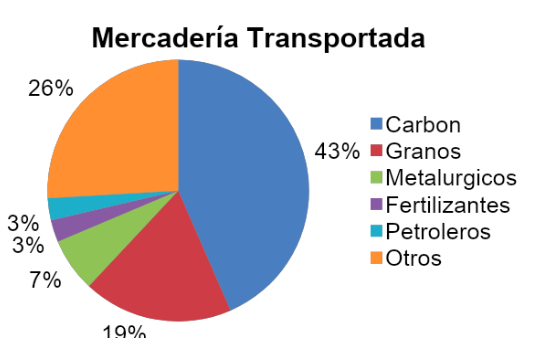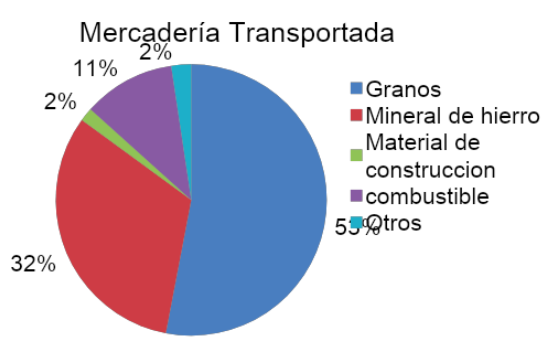GEOGRAPHICAL ASPECTS
La Hidrovía Paraguay-Paraná tiene una extensión de 3.442 kms. Se extiende desde Puerto de Cáceres (MT), Brasil hasta el Puerto de Nueva Palmira, Uruguay. Abarca territorios de Argentina, Bolivia, Brasil, Paraguay y Uruguay.
Waterway is the most efficient means to interconnect the entire region. Its development directly benefits the production of the five member countries of the Basin. Waterway Agreement (Las Lenas, June 1992) commits the five countries to "facilitate navigation and river transport .. by establishing a common regulatory framework, conducive to the development, modernization and efficiency of such operations" (the 1st art) Freedom of navigation: "The signatory countries recognize each other, the freedom of navigation throughout the Hidrovía" (the 4th art)
In the Paraguay - Parana sailing with two large groups of boats: Convoys Thrust: consists of several barges without an engine, hooked together and pushed by a tugboat (similar rivers navigation USA) Self-propelled: Similar to small cargo ships (simile river navigation in Europe)
Cost savings Rational management of large volumes and freight multimodal safe Responsibility in caring for the environment increased investment Variety of industrial specializations Viability of Mediterranean economies economic and social integration




